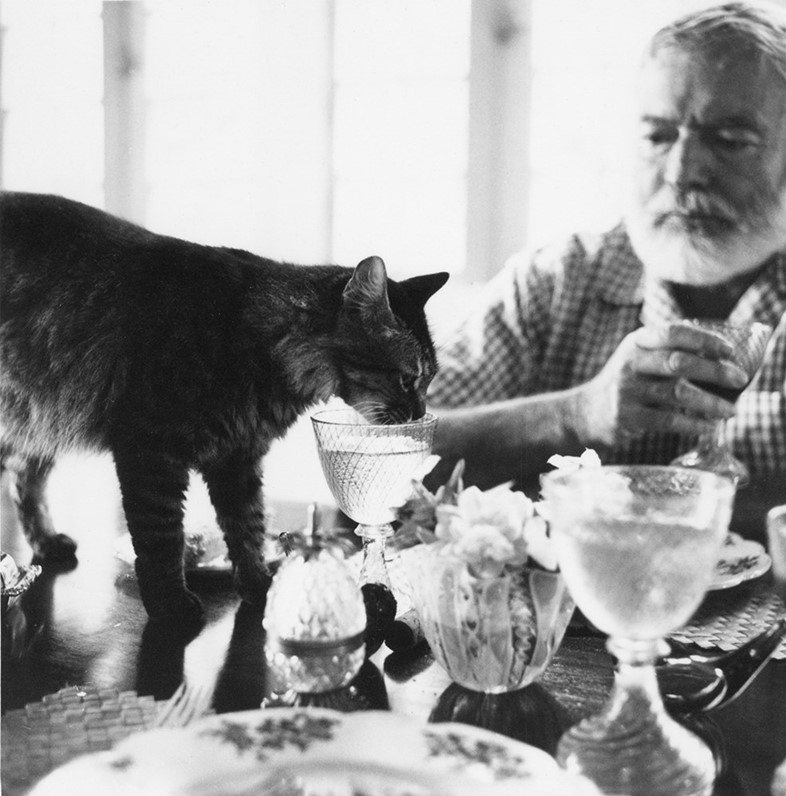From Hunter S. Thompson setting fire to the tree, to Ernest Hemingway's love of sugar mice, we take inspiration from the Christmas rituals of some of our favourite creatives
Hunter S. Thompson loved to set fire to the tree, its branches crammed into his fireplace and his manuscripts flapping around wildly. Ernest Hemingway was somewhat obsessed with sugar mice – the preferred playthings of his many cats. We each make our own festive traditions year on year. By way of inspiration, here we look at some of those of our favourite writers.
Ernest Hemingway
In an essay for the Toronto Star in 1923, Ernest Hemingway wrote about “Christmas on the Roof of the World”. Spending Christmas with friends after the war, he describes how they “ate breakfast in the old, untrusting, gulping, early morning Christmas way, unpacking the stockings, down to the candy mouse in the toe,” and “each made a pile of our things for future gloating”. As a dedicated and well-documented cat lover (“a cat has absolute emotional honesty,” he once famously said), the candy mouse was a key component of Christmas for Hemingway, and one that he would continue to enjoy throughout his life.
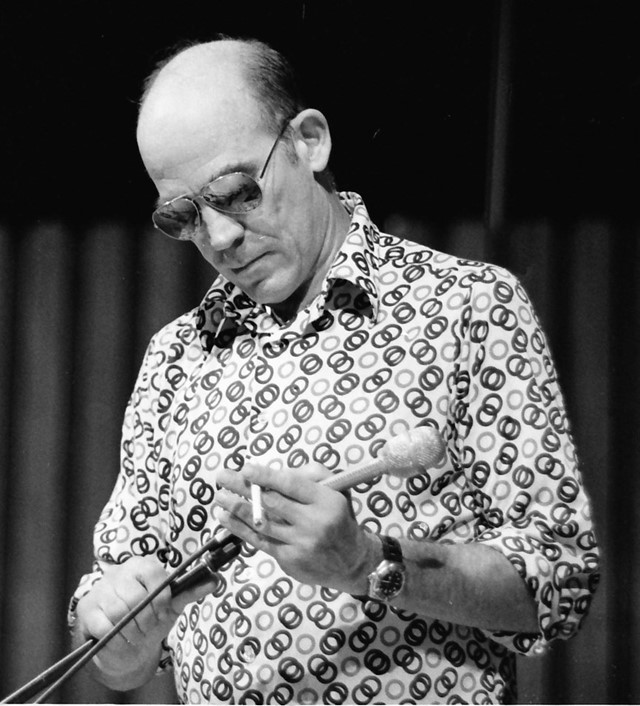
Hunter S. Thompson
American writer Hunter S. Thompson used to burn his Christmas tree every year – not outside after the day had passed, like one might expect, but inside, crammed into a small chimney in his Colorado cabin, as part of the festivities. In 1990 a writer for Time magazine even went to witness the famous ritual, creating video evidence of it. “Watch all your manuscripts, be careful!” screams one onlooker, waving a hand at the papers stacked on a coffee table by the fire as it threatens to spread and consume everything within reach. Who knows what unpublished treasures may have been victims to the writer’s flammable Christmas game?
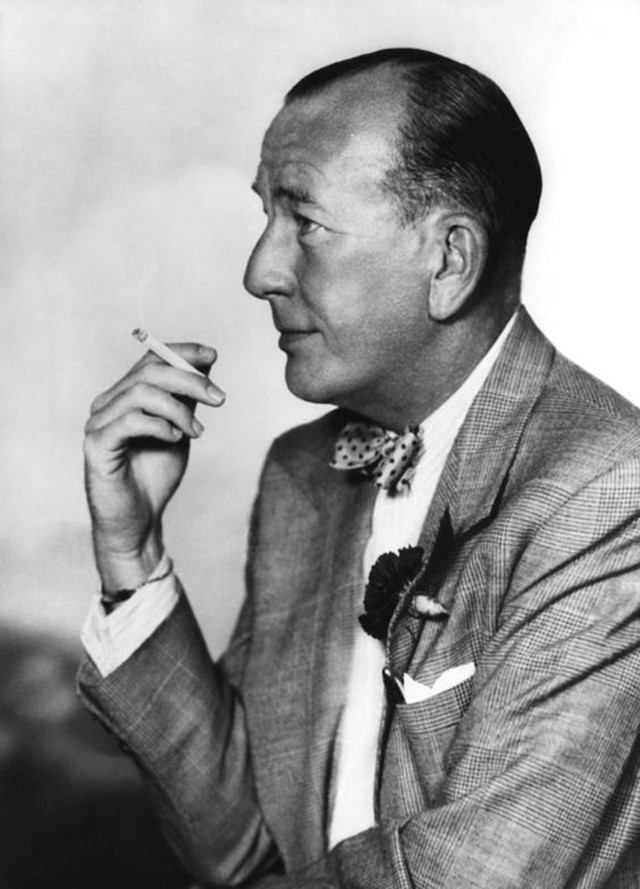
Noël Coward
In his diary on the day of Christmas 1946, playwright Noël Coward wrote that he’d had “a peaceful Christmas Day spent in bed talking to people on the telephone”. It was only when darkness descended that he emerged from his bedroom to have dinner – “including caviar” he noted in his diary – and later to a party at “Binkie’s”, AKA Hugh Beaumont, the famous theatre manager and producer. All in all the day was noted to be “very enjoyable”. Indeed, spending a day in bed surrounded by books, presents and the voices of one’s friends sounds rather wonderful to us.
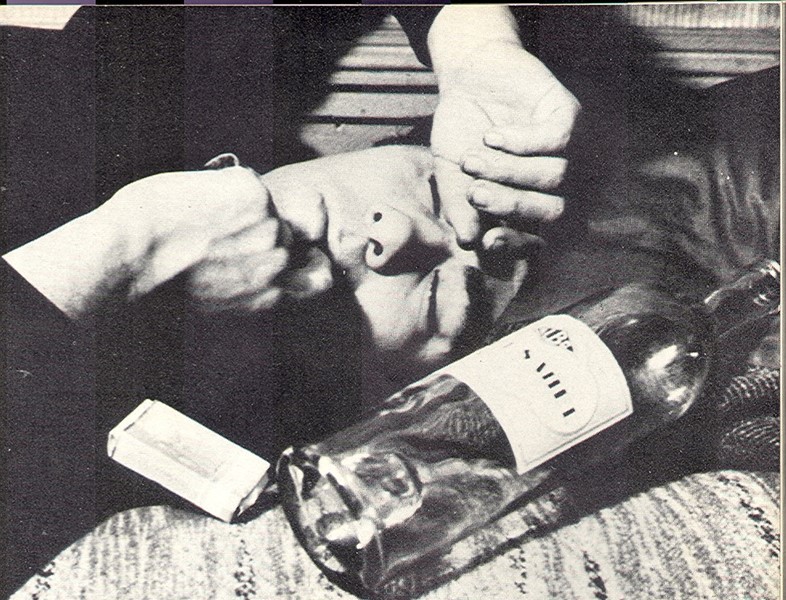
Anaïs Nin
Although she was raised on Christmas trips to midnight mass with her mother, by 1936 Nin was living on a houseboat in Paris involved in a wholly different kind of nighttime worship. That Christmas night she skipped church to eat caviar and drink vodka at the Poisson d’Or in Paris. Singing and dancing until 5am, she celebrated with the likes of Henry Miller and her Peruvian lover Gonzalo Moré, a man she described as a “tiger who dreams. A tiger without claws,” whose wife Helba was the woman whose “dance without arms” inspired the dancer in Nin’s first work of fiction: House of Incest.
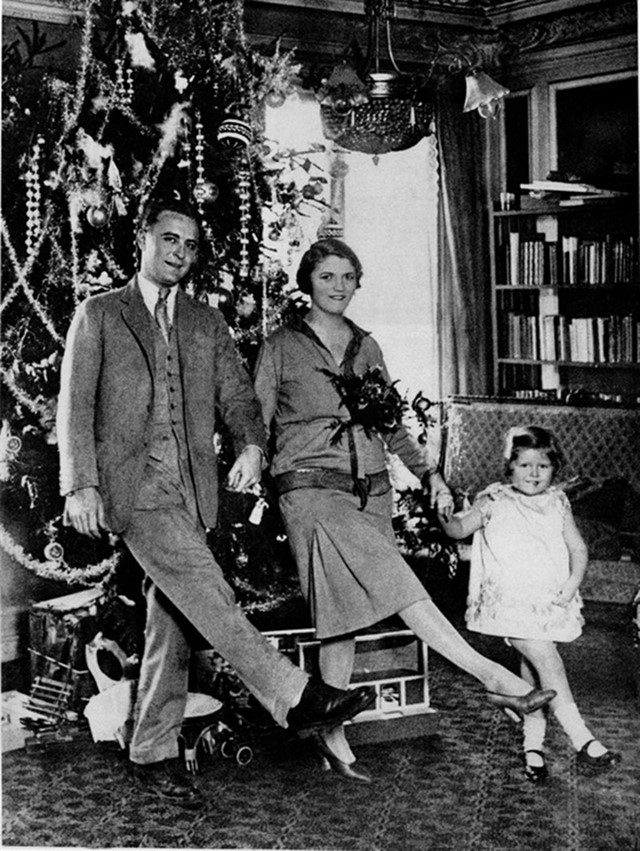
F. Scott and Zelda Fitzgerald
Writing to her husband in 1947, Zelda recalled the many Christmas trees they’d always managed to find during their travels. “I remember the trees we had in Europe: one Christmas we spent drinking under the gold statue of Victor Emmanuel in Rome, lost in time and space and the majestic prettiness of that square… The tree was covered with silver bells which rang hauntedly through the night by themselves.” It soon becomes clear that drinking and decorating went hand in hand for the creative couple. One Christmas even involved “a tree on the Avenue McMahon which Nanny and I decorated between sips of champagne until neither we nor the tree could hold any more of fantaisie or decor”.
